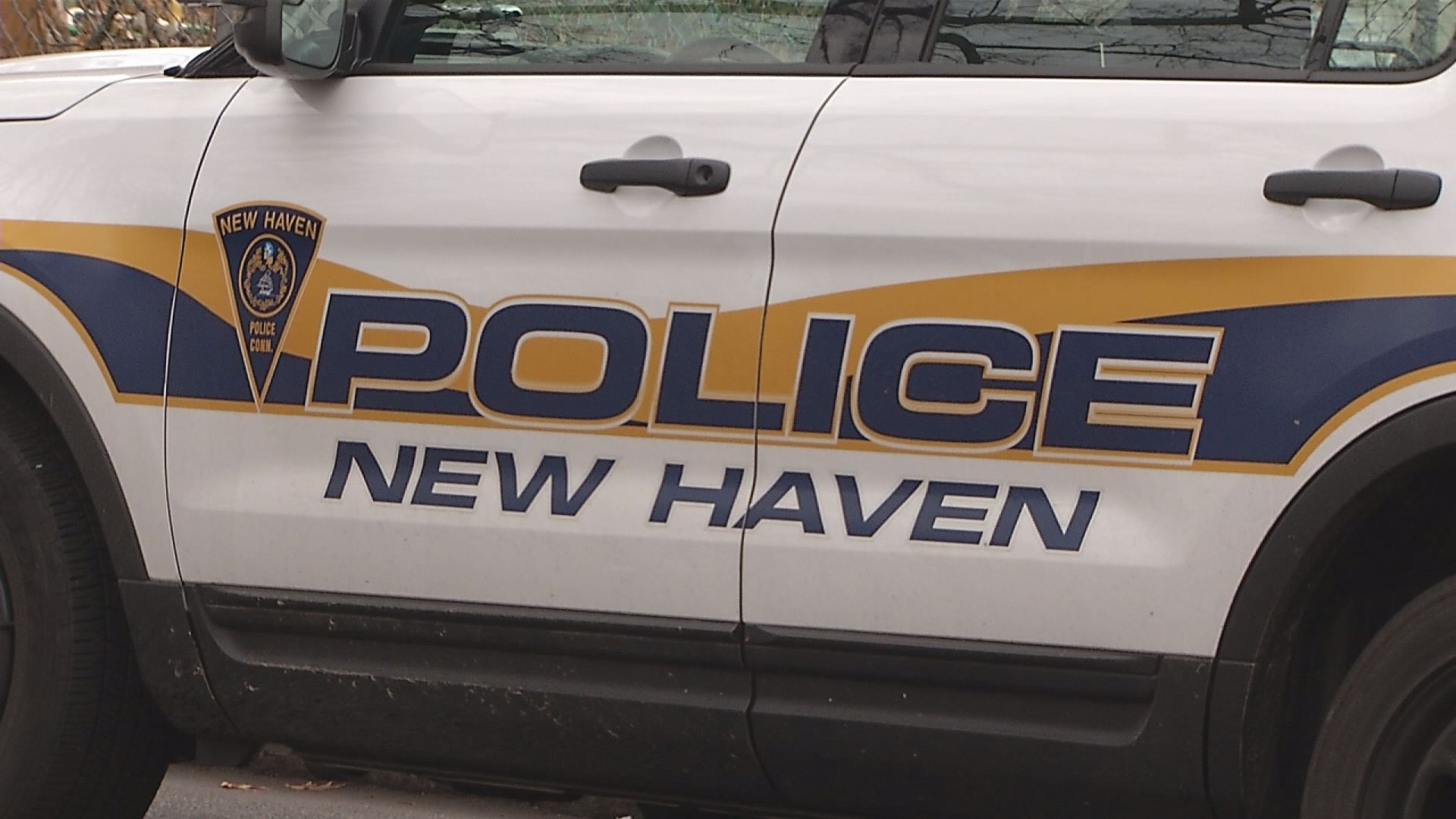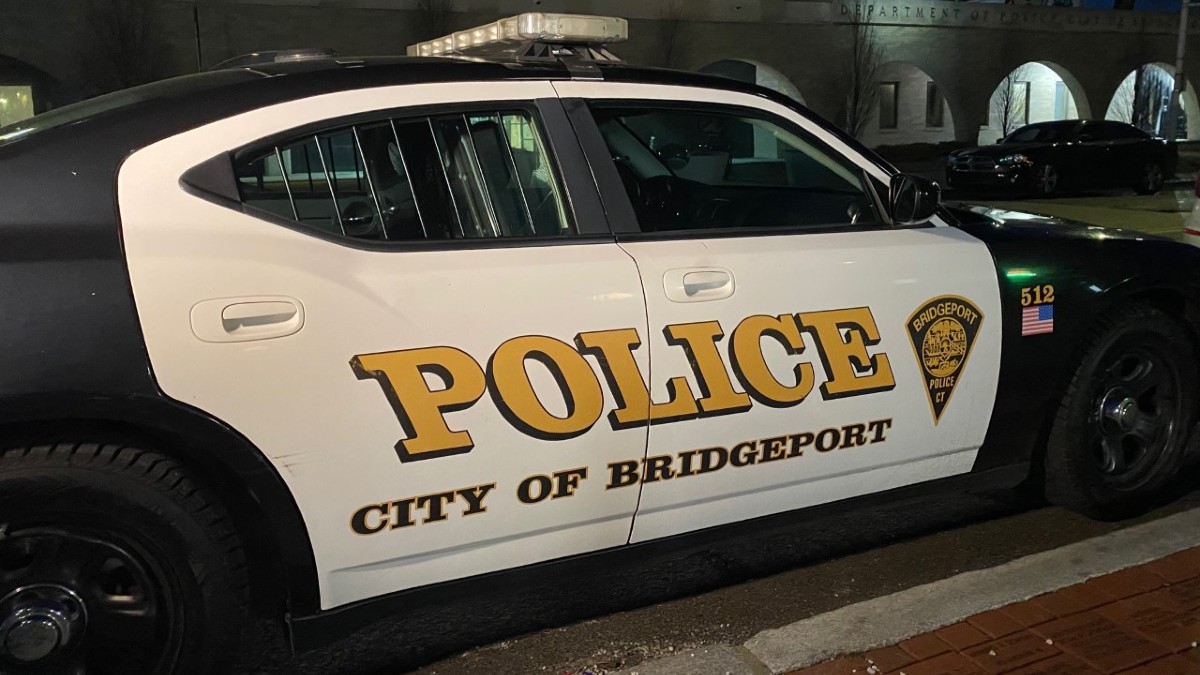With state funding for the Southeast Area Transit (SEAT) bus program in limbo until the governor’s budget is approved, the Town of Stonington could be turning to Uber if its bus route is cut.
Under Gov. Dannel Malloy’s current budget, it seems like funding for public transit will stay at its current level, according to SEAT General Manager Mike Carroll.
But if it doesn’t, Stonington is exploring its options, especially if its one bus route – from Mystic to Pawcatuck – is discontinued.
First Selectman Rob Simmons said only about 120 of Stonington’s 18,000 residents ride Route 10; approximately 20 ride it regularly.
“The state of Connecticut is not reimbursing us for services we’ve seen in the past. That being the case, we have to be more creative,” Simmons said.
Uber could take these 20 regular riders from point A to point B at the time they desire. The town could also use the funds that go to SEAT to subsidize an Uber ride, according to Simmons.
Uber has teamed up with municipalities before. For example, Uber said they have a pilot program with eligible users of the Massachusetts Bay Transportation Authority’s RIDE program. The rider pays the first $2 of the trip; MBTA covers up to an additional $13 of each fair.
Local
Jill Thibdeau, of Pawcatuck, rides Route 10 three to four times a week.
“I use it to go to my doctors and I have five different doctors to go to. So whenever I need to go, I get on that bus. Takes me right there,” she said, adding she’s on disability and cannot afford a car.
“The bus is easy. I know when it comes, I know the people who are driving it, and it gets me to where I want to go,” Thibdeau said.
Without a smart phone nor a computer, she isn’t sure how convenient the program will be.
Simmons said this is a back-up plan, in case Route 10 is cut down the line. He doesn’t know what kind of deal the town could potentially strike with Uber, nor the semantics, until they meet in the beginning of March.
Carroll said if it does come to cutting Route 10, a demand-response model, like Uber, could be worth exploring.
Stonington’s Human Services sent out a ridership survey last April. Twenty-one riders responded. Half fall into the 46 to 65 age-range, about half have a disability. The riders most commonly use the bus for grocery shopping, runs to the pharmacy, medical appointments, bank, or to get to their place of employment.
In the survey comments, several say they would lose independence and ability to get from one place to another if the bus line gets chopped.
“We’re truly in the exploratory stages right now of trying to examine all possibilities so we don’t leave a gap in services,” said Leann Theodore, Human Services director. She also said the town will likely look into grants that could assist with the cost of rides.



